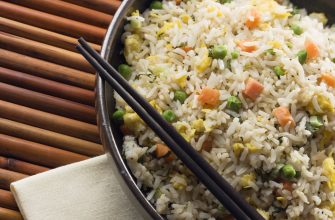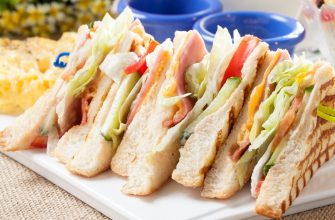A Bite into History
Chinese cuisine is renowned for its diversity and finesse, and dumplings hold a special place in its rich culinary tradition. These versatile treats, packed with various fillings and folded in different ways, are not just food but a symbol of culture, history, and family.
The Delicate Craft of Dumpling Making
The art of dumpling making is passed down from generation to generation. It involves mixing the dough, preparing the filling, rolling the wrappers, and then the intricate process of folding and sealing. The traditional method requires skill and patience, but the result is a delicate package that’s a treat for the senses.
Jiaozi: The Classic
Jiaozi is the quintessential Chinese dumpling. Its history dates back to ancient times. These dumplings are crescent-shaped, and the fillings vary from pork, beef, chicken to a variety of vegetables. They’re a staple during Chinese New Year celebrations, symbolizing prosperity for the coming year.
Xiao Long Bao: The Soup Dumpling
Xiao Long Bao, or soup dumplings, are a culinary marvel. These dumplings are filled with a rich, savory broth that’s encapsulated within the wrapper along with the filling. Eating Xiao Long Bao is a unique experience, the burst of warm soup combined with the tender filling creates a symphony of flavors.
Diverse and Delightful Varieties
Beyond Jiaozi and Xiao Long Bao, there are many other types of dumplings, each with their unique characteristics. From the potstickers known as Guotie, the Sichuan spicy Zhong dumplings, to the sweet Tangyuan, each type of dumpling offers a unique flavor profile and texture.
Culinary Techniques and Traditions
The magic of Chinese dumplings lies not just in their diverse flavors but also in the techniques and traditions surrounding their preparation and consumption. Dumpling-making is often a communal activity, bringing families together. The process of making dumplings, from kneading the dough to folding the pleats, is as important as the delicious outcome.
Savoring the Experience
Eating Chinese dumplings is an experience in itself. Often served with a dipping sauce made of soy sauce, vinegar, and sometimes a bit of chili, each dumpling is a burst of flavor. In China, it’s common to have dumplings for breakfast, lunch, and dinner. They’re also a popular choice for a shared meal due to their communal nature.
The Joy of Homemade Dumplings
The beauty of Chinese dumplings is that they can be made at home. With a bit of practice, you can master the art of dumpling making. Plus, it gives you the freedom to experiment with fillings and flavors. From classic pork and cabbage to unconventional chocolate-filled dessert dumplings, the possibilities are endless.
The Global Influence of Chinese Dumplings
Chinese dumplings have crossed borders and won hearts worldwide. They have been adapted to local tastes and ingredients, resulting in a global dumpling phenomenon. From the Gyoza in Japan to the Pierogi in Poland, the influence of Chinese dumplings is evident.
Conclusion: A Gastronomic Journey
Exploring Chinese dumplings is a gastronomic journey, each dumpling a delightful surprise. They embody the essence of Chinese cuisine – diversity, flavor, and a deep sense of tradition. So, whether you’re dining at a dim sum restaurant, cooking at home, or discovering new versions of dumplings on your travels, remember, each bite is a part of a long, flavorful history.

